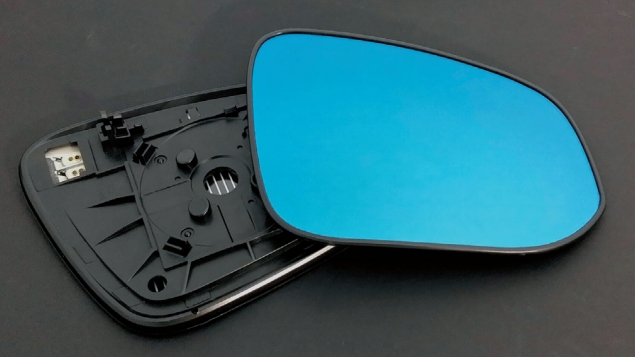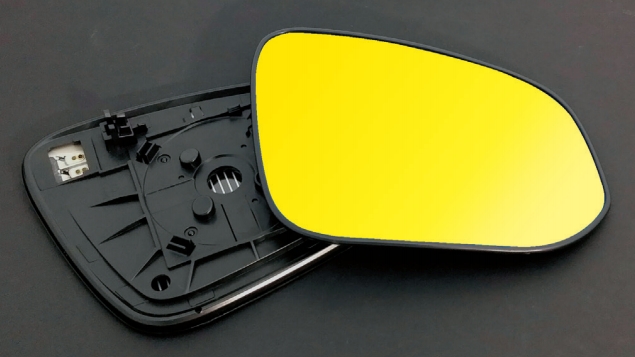 |
 |
 |
 |
¡@
|
Background on SOL-GEL NANO Mirrors |
|
|
The
SO-GEL NANO technology is currently being internationally recognized as
the most promising and valuable in new materials development and product
development. This technology allows small particles (each is smaller
than 100 nm) chemically bonded. The chemically bonded particles have the
ability to suspend in the liquid to provide the characteristic of being
transparent to the eyes, called SO-GEL NANO.
¡@ |
|
|
SOL-GEL
NANO Blue Mirror
The
differences between Vacuum Coating Advantages
: ¡@ Disadvantages
: |
Here
describes problems of blue mirrors produced by a method called vacuum
coating. Most of conventional blue rearview mirrors available in the
market are produced via the method of vacuum coating. For this method, a
first layer of chrome is coated on a mirror prior to a thin second layer
of blue coating is coated on the first layer of chrome. Often time
mirrors have dirt or dusts on thereof. As this method applies on these
mirrors having dirt or dusts, adversely the dirt or dust is also coated
on certain surface areas of these mirrors. As a result, the blue coating
cannot be firmly coated on the surface areas of the mirrors where
consisting of dirt or dusts. Consequently, after normal wears and tears,
such as wiping and washing the mirrors, the blue coating disintegrates
from the mirrors. This negative effect is called ¡§ pinholes ¡§ in the
industry.
|